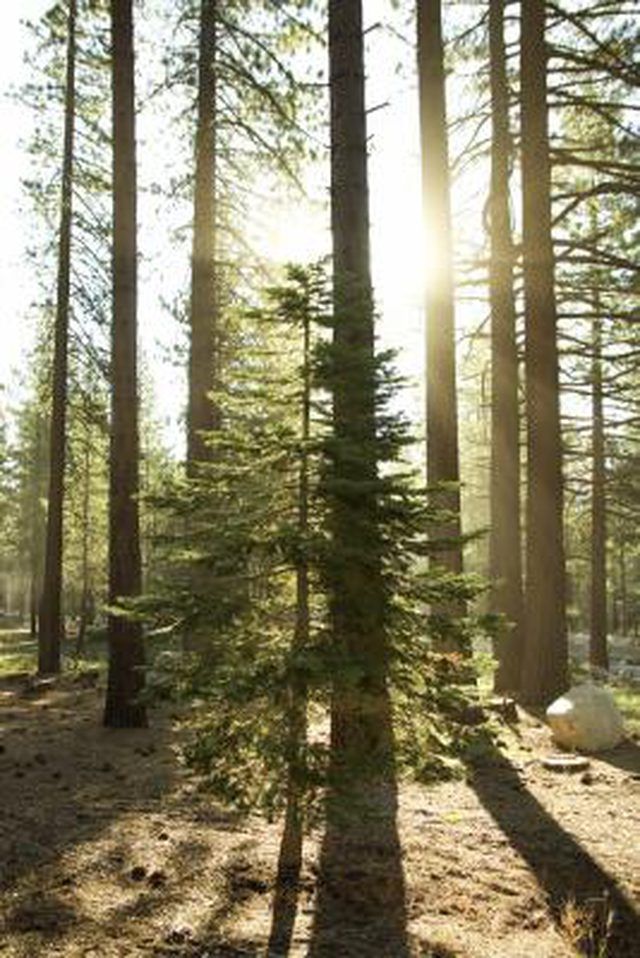Bulbs
Flower Basics
Flower Beds & Specialty Gardens
Flower Garden
Garden Furniture
Garden Gnomes
Garden Seeds
Garden Sheds
Garden Statues
Garden Tools & Supplies
Gardening Basics
Green & Organic
Groundcovers & Vines
Growing Annuals
Growing Basil
Growing Beans
Growing Berries
Growing Blueberries
Growing Cactus
Growing Corn
Growing Cotton
Growing Edibles
Growing Flowers
Growing Garlic
Growing Grapes
Growing Grass
Growing Herbs
Growing Jasmine
Growing Mint
Growing Mushrooms
Orchids
Growing Peanuts
Growing Perennials
Growing Plants
Growing Rosemary
Growing Roses
Growing Strawberries
Growing Sunflowers
Growing Thyme
Growing Tomatoes
Growing Tulips
Growing Vegetables
Herb Basics
Herb Garden
Indoor Growing
Landscaping Basics
Landscaping Patios
Landscaping Plants
Landscaping Shrubs
Landscaping Trees
Landscaping Walks & Pathways
Lawn Basics
Lawn Maintenance
Lawn Mowers
Lawn Ornaments
Lawn Planting
Lawn Tools
Outdoor Growing
Overall Landscape Planning
Pests, Weeds & Problems
Plant Basics
Rock Garden
Rose Garden
Shrubs
Soil
Specialty Gardens
Trees
Vegetable Garden
Yard Maintenance
How to Care for a Pine Tree With Leaking Sap
How to Care for a Pine Tree With Leaking Sap. Pine trees release sap naturally or in response to pruning, wounding or attack by insects or disease. The leakage of sap is often a normal biological process of the trees and is not always a sign of a problem. The most important step when such symptoms arise is to identify the cause. If pruning has not...

Pine trees release sap naturally or in response to pruning, wounding or attack by insects or disease. The leakage of sap is often a normal biological process of the trees and is not always a sign of a problem. The most important step when such symptoms arise is to identify the cause. If pruning has not recently occurred, insect or disease may be to blame. Whatever the cause, proper environmental conditions are crucial for the tree to stay healthy under such stresses.
Things You'll Need
Insecticide
Tree wound sealants
Pruning shears
Identify the cause of the leaking sap problem. Multiple sites of leakage are a sign that the problem is not from wounding. Bark beetles are a serious infestation and can be identified by the presence of sawdust, small holes in bark, leaking sap from bark and dying needles. Canker diseases cause white patches of dry resin.
Spray the tree with insecticide if insect attack is suspected. Pine trees release resin as a defense response to boring insects. Pine bark beetles are a common issue across North America, causing leaking sap and dying foliage. The red turpentine beetle may also cause these symptoms.
Seal wounds, if they are present, in order to prevent disease or insects from entering the wounds. Many tree wound sealants are available at home and garden centers. If the pine tree is leaking sap due to recent pruning, patching is not necessary. The loss of some sap will not harm the tree.
Remove branches that appear diseased or infected with pruning shears if a fungal infection is suspected. Determine if cytospora canker may be present in the tree. This disease effects the white pine and causes white sap to flow from cankers. The dry resin appears in white patches and needles turn brown and drop in winter. Prune infected branches and provide optimum care to prevent the spread of this disease.
Change your pruning schedule if you believe pruning is to blame for the leaking sap. Prune early in the year after new growth is appearing at branch tips, and remove just 1/3 of the growth each year.
Tips & Warnings
Trees are often more susceptible to infestation when they are dry or unhealthy, so provide proper care to the tree to boost its vigor.
If a serious bark beetle infestation is present and other trees are at risk, complete removal of the tree may be necessary. Contact an arborist for a consultation if this is the case.